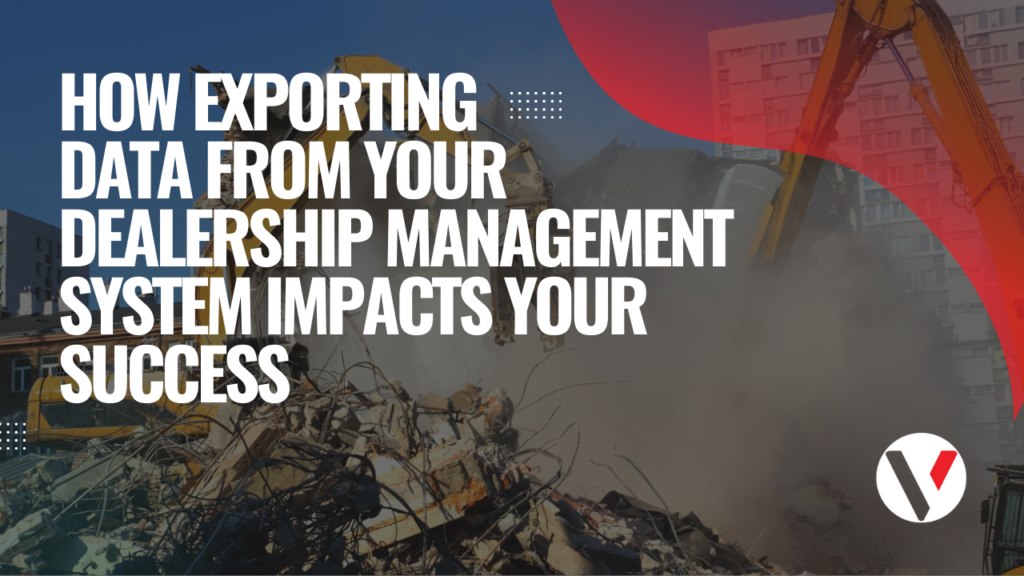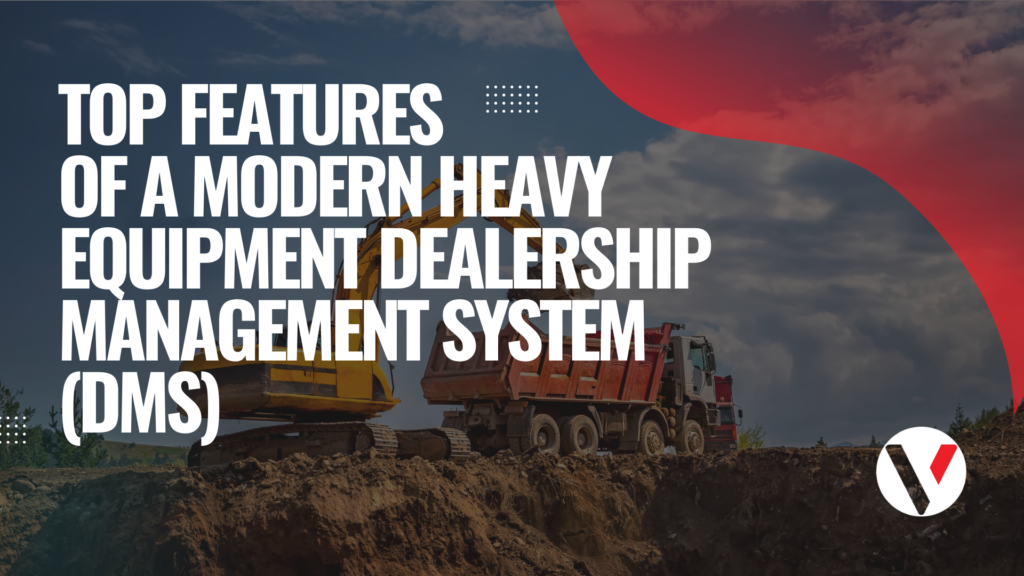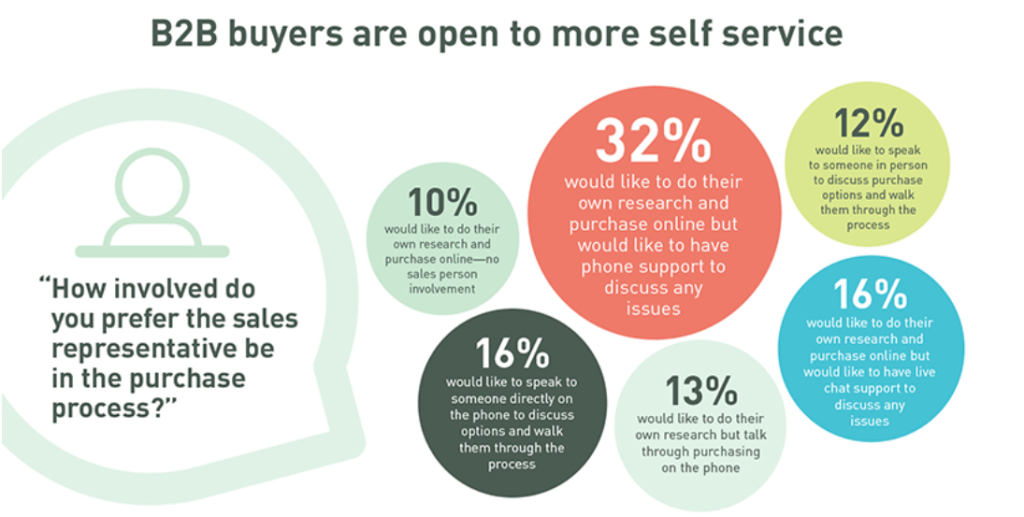The Digital Dealership will focus on the transformative
impact of information, expectations and the new channels of engagement with
customers and your audience.
Over the past 2 decades we’ve seen a massive shift in the
business models of many different industries.
We’ve also seen the impact of a changing demographics as new generations
come into the working world and as the world of digital communication
broadens. The result is a growing gap
between the old approach to business, and the younger generations. The old approach to business was built by the
older generations who are also, frequently the most senior managers. The newer generations, who are often the buyers,
have their own expectations on how they want to carry out business. This collision of generation, technology and
expectation creates both the most significant opportunity to differentiate and
grow, and the highest risk to existing dealerships. In the past decade alone, we have seen
major retailers and corporations lose decades or even a century’s foothold in
their industry. Gone are companies like
Borders and Blockbuster, and JCPenney almost joined them. Numerous others have simply failed to keep up
and been relegated to the margins. Each
of these companies failed to react to clear changes in the industry and buyer expectations,
while their competitors did.
There are clear differences between the companies that
failed or succeeded. Those that succeeded have several things in common. First, they saw the change in the market
and buyer’s expectations and changed their business model to address these
changing conditions. Second each of
these companies started to understand the importance of information to their
business and learned how to apply it. Finally,
these companies applied these first 2 points to their entire business, they
didn’t make it a bolt on to their existing business, which remained operating
in the old way.
The first point is probably the hardest to grasp as it’s a
combination of 2 inputs each effecting the other to produce an exponential rate
of change in buyer expectations. In
today’s business world we have 3-4 generations comprising our teams. With some of the last Baby Boomers still in
the work force and often in the most senior positions, Gen X is now well placed
throughout organizations, the Millennials are getting a strong foot hold in
decision making and now Gen Z is entering the workplace. All this means we have some people who
started in the corporate world before any computers existed and, at the same
time, we have new entries into the business who have only known a world with
smartphones and internet. How these
different generations see the realm of possibilities couldn’t be farther
apart. I’ll admit, I’m in the generation
that thinks if the internet goes down, in a store, they should switch to handwritten
bills and take cash, but that makes me old.
Some people have never seen this type of POS terminal, it’s completely
foreign, so they would avoid a store that still uses it. Furthermore, our youngest generations have
always been able to find the information they needed, when ever they wanted. When they wanted something, they can order it
from their phone. This collision of generational experience gap
and changing expectations will drive the fastest change in business to business
buying and business process we have ever seen.
Change we’re already seeing in other industries.
Information has both contributed to the prediction of change
and the resetting of expectations in all areas of commerce. Many of the most admired and referenced
companies in our world have been the best at applying information and
technology to their business, vaulting them over competitors, or blasting from
obscurity to relevance. Information, and
more importantly the analysis and application of information, has allowed
organizations to foresee changes in the business. They have fine tuned their
operations to trim waste and better apply capital. Furthermore, the analysis has driven action
and change. Change in how companies
engage with their customers and meet their customers’ growing
expectations. While personal relationships and partnership
remain a cornerstone of any business relationship, the expectation for
partnership now includes deeper integration and focus on improving the transactional
efficiencies. Information has inspired
a massive improvement in understanding the drivers in a buyer’s decision making.
It has highlighted the small differences in presentation and product definition
that impact sales. The best competitors have combined this insight with a
growing database of customer data to capture increases in total sales and market
share.
When the acceleration of changing expectations come together
with information, we see the genetics of the best of the best
organizations. Those “Most
Admired”. These organizations have used
the information they are collecting daily to see the growing rate of change
coming from new generations, and new expectations fueled by technology, social
media and digital systems. They apply
this analysis to all aspects of the business, changing the structure of the
organization. In some industries we’ve
seen long standing businesses either change or be replaced by new entrants who
understand what a modern organization need to be. For dealers in our industry, both mainline
OEM and independents, it’s no longer adequate to meet these changes with
partial measures. Your website can no
longer be a billboard, your social media engagement can’t just be advertising,
your parts department can’t remain a “call for availability” or a “call to
place an order” department. Your sales
department won’t survive on “call for details”. The growing rate of changing expectations is
your opportunity to succeed.
Each one of you have no doubt worked with family-owned
contractors that saw a change in generational management. The original owner handing the business to
their children came not just with a change of faces but came with changes in
the approach to business relationships, focus of the business and new
expectations on your role and how to be a partner.
The Digital dealership looks at all these items in more
details. We will also look at actions any
dealer can take to assess the impact of these changes in their business. We will look at what actions can be taken to
implement new approaches to the business and remain a leading competitor in the
field.
If you’re going to AED, I look forward to seeing you in the
Digital Dealership session, and if you’re not, I’ll continue to develop the
details in this blog series.





